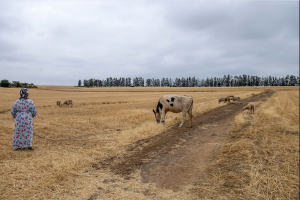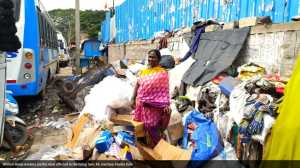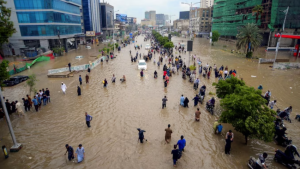
South Asia Rising To The Challenge: From Climate Vulnerability To Resilience
South Asia, one of the most climate-exposed regions, is shifting from crisis response to resilience and green growth. Facing rising heat, floods, and droughts, countries like India, Bangladesh, Nepal, and Sri Lanka are investing in renewable energy, sustainable farming, and resilient infrastructure. The blog stresses nature-based solutions and inclusive climate finance as vital, while warning that large funding gaps remain and faster adaptation is essential to safeguard livelihoods and sustain growth.






